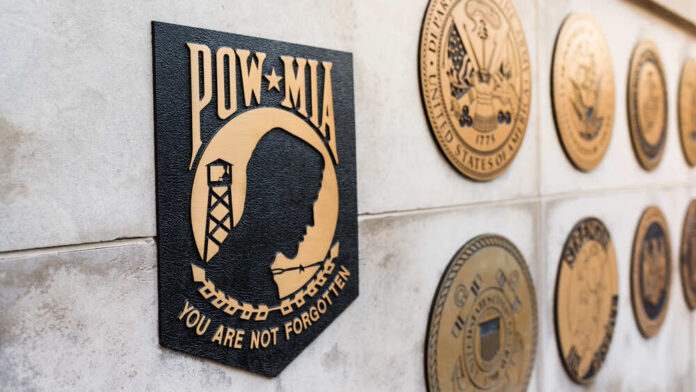
World War II was one of the most horrific and darkest wars in our planet’s history. People from across the globe battled, with many being left for dead and never returning home. U.S. Army Pvt. Robert L. A. Hurst, 21, of Wabasso, Florida, was one of those. Now through extensive testing, his remains can finally be returned to his family. Using a combination of dental and anthropological analyses, circumstantial evidence as well as mitochondrial DNA and Y-chromosome DNA analyses, they were able to make a positive ID.
Announced by the Defense POW/MIA (Prisoners Of War/Missing In Action) Accounting Agency (DPAA) on December 21st, this was a bittersweet moment for his surviving family.
Stationed with the 429th Maintenance Company, he was captured along with thousands of other Americans and Filipinos by the Japanese in 1942. Fighting bravely along the Bataan peninsula, he was there when it was surrendered on April 9th, as well as Corregidor Island on May 6th, according to the DPAA. Surviving the 65-mile Bataan Death March after his capture, he was among the 2,500 POWs who died while in the Cabanatuan POW camp.
The DPAA Officially listed Hurst as dying on July 28th, 1942. Initially, he was buried in a mass grave called Common Grave 225 inside the Cabanatuan camp. In 1947 The American Graves Registration Service was able to identify three sets of remains, with Hurst and the others who were unable to be identified interred at the Manila American Cemetery and Memorial (MACM) as Unknowns.
Exhumed from the MACM decades later in 2018, they were sent to the DPASS for thorough analysis and ultimately identified as indeed being Hurst. For now, his remains will be sent back to Vero Beach, FL, and buried on a to-be-determined date.
Along with his announcement came word that Private Homer J. Mitchell, 20, of Portales, New Mexico, would also be coming back home. Accounted for on July 24, 2023, it was 78 years after he was killed in action on December 10th by enemy artillery fire. Falling in the Pachten Forest, just outside Dillingen, Germany in 1944. He shall be buried with full honors on April 24th, 2024, in Portales, NM.
Getting these brave men back home and resting on American soil is part of the core values of any service branch. The term “never leave a fallen comrade” is one these service members take to heart. A way of being that drives them to go back, even when faced with insurmountable odds and danger to get their brothers and sisters home.
While movies made by Hollywood glamourize this kind of dedication, it isn’t something to take lightly. Rather, this is a way of life. Part of a creed that means more to them than their own lives, these brave men and women serve to make the world a better place. In WWII, unlike now, many of them were drafted, with those who chose to enlist often getting a better choice in their service component and job. Increasing the number of volunteers to lower the number of those drafted was a selfless choice made, knowing full well what it could mean
For the families of these POW and MIA servicemembers, the long days and weeks they waited to even hear from their WWII soldiers were often filled with painful news in the meantime. With no direct contact with their loved ones, planes consistently being shot down, and units consistently on the move against the Axis of Evil, mail was sporadic at best. Learning via telegram or other impersonal manner of their death or injury, they didn’t get the kind of information or updates families get these days.
Just getting them back home is one of the most difficult processes imaginable for those who are POW/MIA. For those who unfortunately are also killed following camps like the one Hurst was, their death also comes as little more than pure relief from the daily hell their life becomes.












